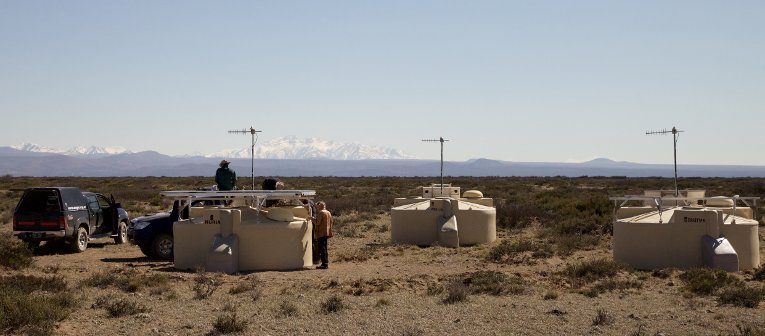 Dongyan Zhang (Physics) has received funding from StabiLux Biosciences, Inc. in the amount of $198,944. This is for a two-year project entitled “High Brightness Fluorophores II”.
Dongyan Zhang (Physics) has received funding from StabiLux Biosciences, Inc. in the amount of $198,944. This is for a two-year project entitled “High Brightness Fluorophores II”.
Dr. Zhang is the co-PI of this Small Business Technology Transfer (STTR) Phase II project funded by National Science Foundation.

 Let’s celebrate the 10th year anniversary of this great program and all the minds that have contributed to it for the last decade!
Let’s celebrate the 10th year anniversary of this great program and all the minds that have contributed to it for the last decade!




